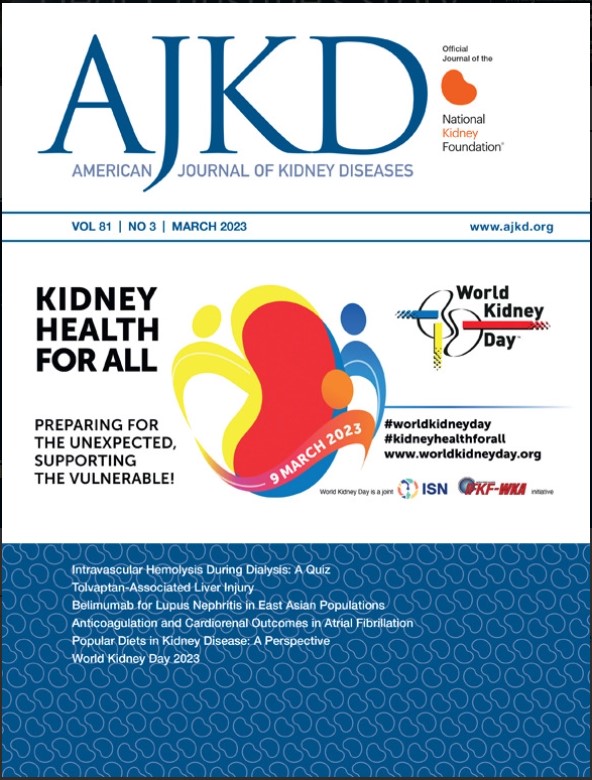Laboratory Anomalies in the Basic Metabolic Panel: Core Curriculum 2025
IF 9.4
1区 医学
Q1 UROLOGY & NEPHROLOGY
引用次数: 0
Abstract
Laboratory testing plays an integral part in medical decision making. However, laboratory results can sometimes vary significantly, leading to anomalous outcomes that are not consistent with the clinical picture. These anomalies can occur even in the best of laboratories simply because the total testing process includes elements that are not totally under the laboratory’s control. For example, variations in patient preparation and sample collection procedures, as can happen at physician offices or patients receiving intravenous fluids, are major contributors to these anomalies. Therefore, physicians must remain aware of the causes of these anomalies so they can consider them when interpreting laboratory results and help implement solutions to mitigate them at their respective institutions. This Core Curriculum examines several instances where an understanding of preanalytical, analytical, and postanalytical variation is essential for detecting anomalies and providing proper patient care.
基础代谢检查中的实验室异常:核心课程 2025。
实验室检测在医疗决策中发挥着不可或缺的作用。然而,化验结果有时会有很大差异,导致与临床情况不符的异常结果。即使是最好的实验室也会出现这些异常情况,原因很简单,因为整个检测过程包含了实验室无法完全控制的因素。例如,病人准备和样本采集程序的变化(如在医生办公室或接受静脉输液的病人中可能发生的情况)是造成这些异常的主要原因。因此,医生必须始终了解这些异常现象的原因,以便在解释实验室结果时加以考虑,并帮助各自的机构实施减少异常现象的解决方案。本核心课程探讨了对分析前、分析中和分析后变异的理解对于检测异常和提供适当的患者护理至关重要的几种情况。
本文章由计算机程序翻译,如有差异,请以英文原文为准。
求助全文
约1分钟内获得全文
求助全文
来源期刊

American Journal of Kidney Diseases
医学-泌尿学与肾脏学
CiteScore
20.40
自引率
2.30%
发文量
732
审稿时长
3-8 weeks
期刊介绍:
The American Journal of Kidney Diseases (AJKD), the National Kidney Foundation's official journal, is globally recognized for its leadership in clinical nephrology content. Monthly, AJKD publishes original investigations on kidney diseases, hypertension, dialysis therapies, and kidney transplantation. Rigorous peer-review, statistical scrutiny, and a structured format characterize the publication process. Each issue includes case reports unveiling new diseases and potential therapeutic strategies.
 求助内容:
求助内容: 应助结果提醒方式:
应助结果提醒方式:


